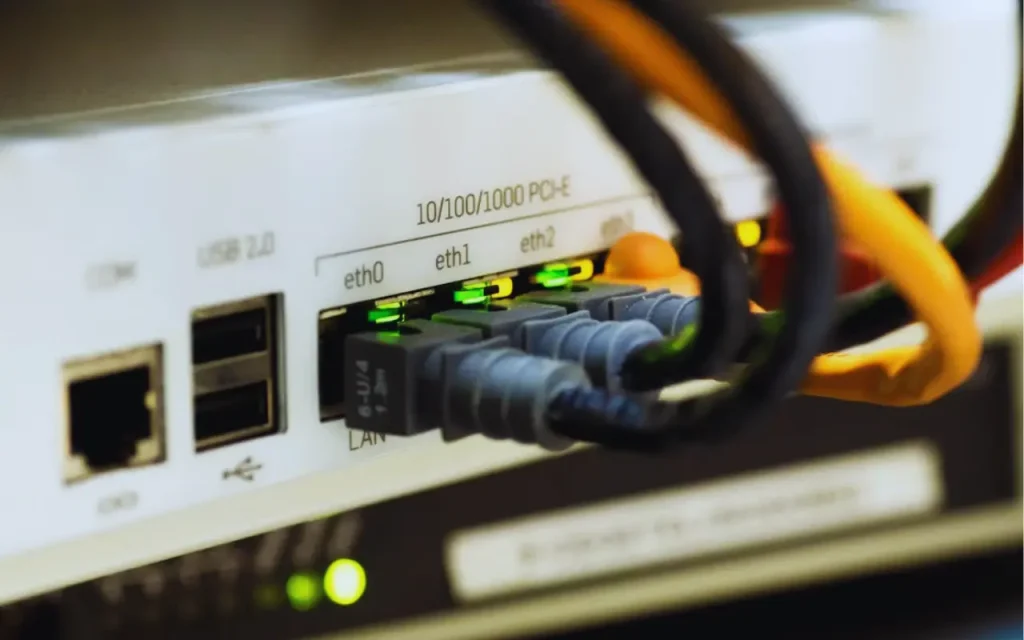Optimizing Network Throughput in Cloud Hosting: Amazon Lightsail vs. EC2
Amazon Lightsail and Amazon EC2 are two of the most popular cloud hosting services Amazon Web Services (AWS) offers. Each caters to different needs and user bases, yet both are pivotal in cloud computing. For businesses and developers, selecting the exemplary service involves weighing various factors, including cost, ease of use, scalability, and network throughput. In this blog post, we will delve into the specifics of network throughput, comparing Amazon Lightsail and EC2 to help you determine which service best suits your requirements.
Understanding Network Throughput
Throughput in a network can thus be defined as a measure of the data transfer rate from one point to another in a given network. It is expressed in bits per second (bps), a key measure used in determining the effectiveness of cloud solutions. High network throughput further means that applications requiring large data processing will not be slowed down, thereby providing efficient and satisfying user experiences.
Amazon Lightsail is positioned as an easy-to-use, affordable cloud service that offers tools and resources for SMBs and developers who prefer a simple solution for hosting and managing web applications, websites, and databases. It provides a more intuitive front end and contextually relevant services at a fixed cost, which could be a good proposition for consumers with little or no experience in cloud computing or constrained financial resources.

Amazon Lightsail: Simplified and Efficient
Amazon Lightsail is relatively straightforward and designed to be easy and efficient. It presents users with an intuitive front end that hides much of the operation complexity inherent to cloud hosting and enables users to easily create instances. However, all these do not imply that the simplicity of these applications compromises various performances. Amazon Lightsail operates as a virtual data center that provides users with reliable network performance, as it is supported by AWS.
Thus, focusing on the network throughput, Amazon Lightsail is equipped with great features for the audience it is designed for. Lightsail instances are already provided with initial bandwidth assignments, which should be enough for small to medium use cases. These networking options include static IP and DNS, which, when added to the package, intensify the product’s attractiveness due to the ease of configuration and management. This makes Lightsail an ideal platform for developers who need an easy way to launch applications without the interference of cloud networking complexity.
Amazon EC2: Strength and Freedom
Amazon EC2, on the other hand, is for those who need more control, flexibility, and provision of scalable computing capacity. Availability of EC2 instances: The EC2 provides numerous distinct types of instances to meet specific needs based on the workload type: compute, memory, and other needs. This is flexible to some extent with the network’s throughput, whereas EC2 offers a more refined option with the network.
Lightsail does not allow for the specific instance configurations that enable enhanced networking, which can provide dramatically higher network throughputs than in EC2 instances. This suits applications requiring massive data transfer rates, such as multimedia streaming, crunching, and real-time data processing. The option to bind ENIs, Amazon ELB features, and Amazon VPC enhances the network capability and versatility of an EC2.
Comparing Network Throughput
There are only two main differences between Amazon Lightsail and EC2, which are the amount of network throughput. Lightsail is convenient and affordable but comes with solutions measured by price and capacity and has limited bandwidth options. Such restrictions are often sufficient for the purpose that these servers were designed for, which is to host small—to mid-sized websites and blogs, simple web applications, etc.

Conversely, the model that EC2 uses to structure its service is a pay-as-you-go system that enables users to scale the resources they need, which includes network throughput. This scalability is desirable in the case of enterprises where the network traffic requirements fluctuate or are unknown. Some of the advanced features of EC2 are its enhanced networking options through which the network bandwidth could go up to 100 Gbps, which is essential in high computing, big data, and highly trafficked online services.
Conclusion
The issue of network throughput when cloud hosting your application demands a critical evaluation of your application’s requirements and the service capabilities offered by your potential host. Simplified, Amazon Lightsail is more suitable for small-scale applications since it is cheaper and easier to use compared with Amazon EC2, which is more flexible and can provide better performance.
FURTHER READING
- Fixing Graphics & Display Issues on Your Mac
- What Are Sales Accepted Leads (SALs) and Why They Matter






